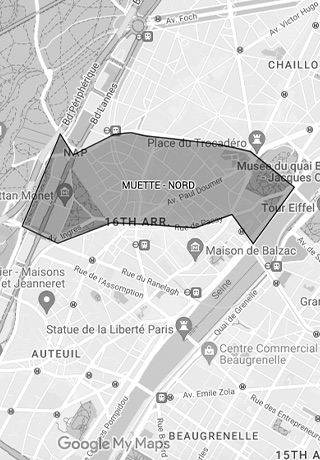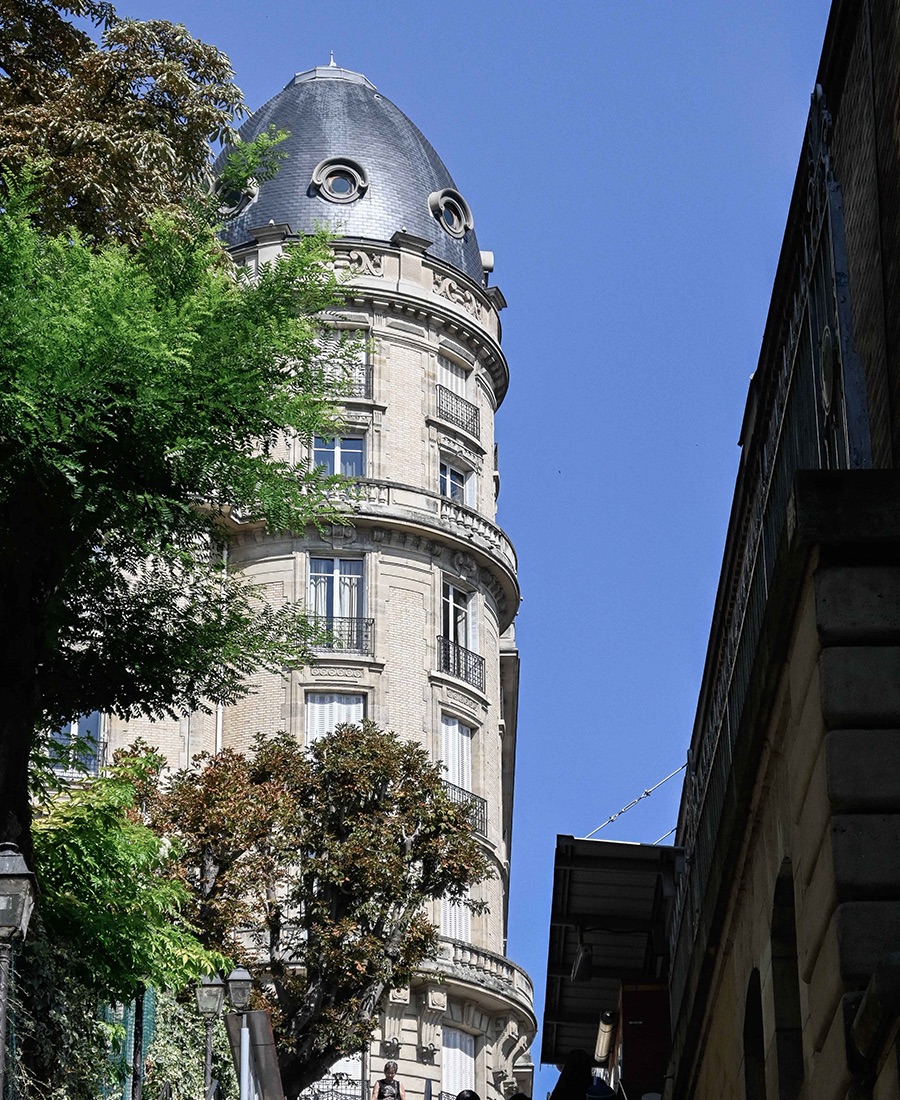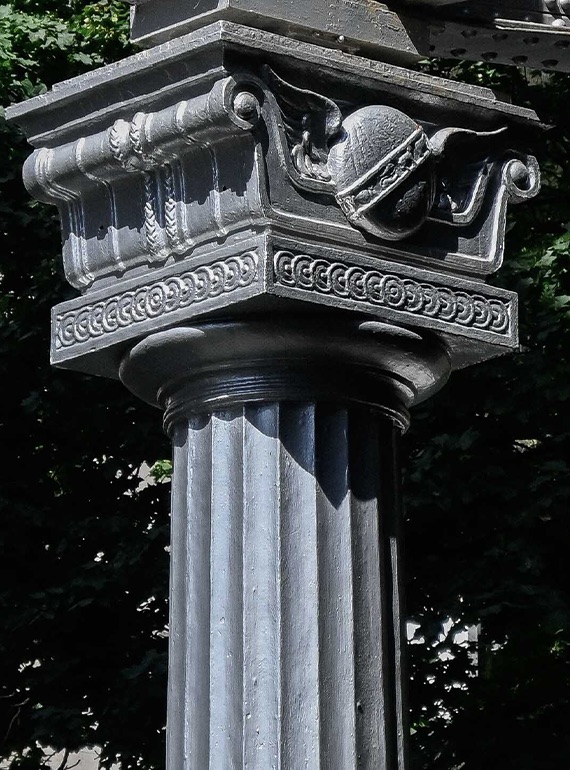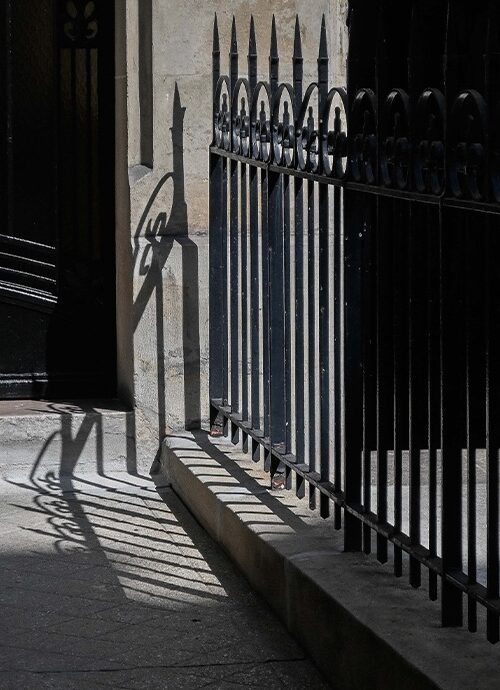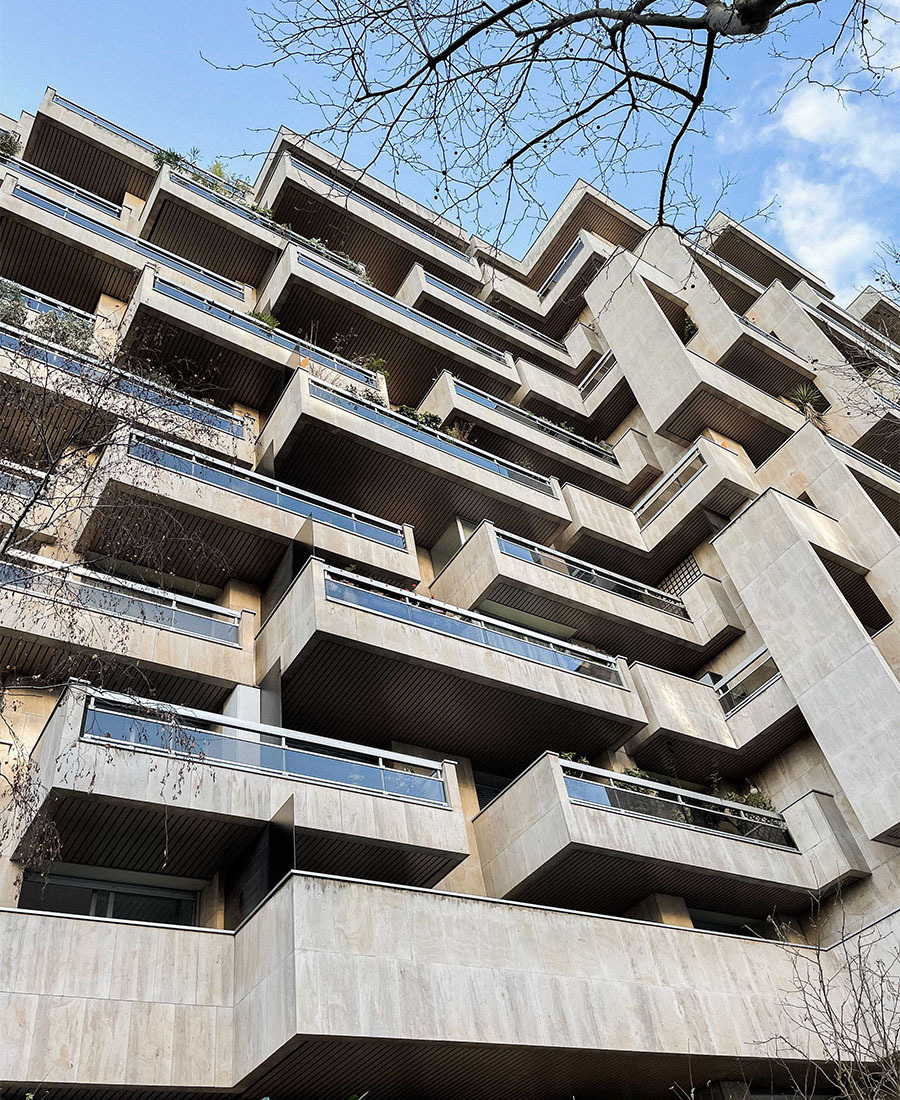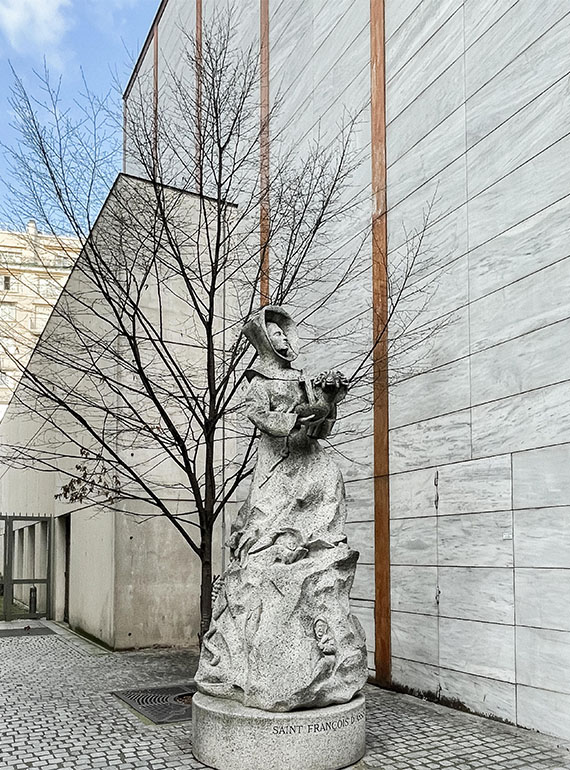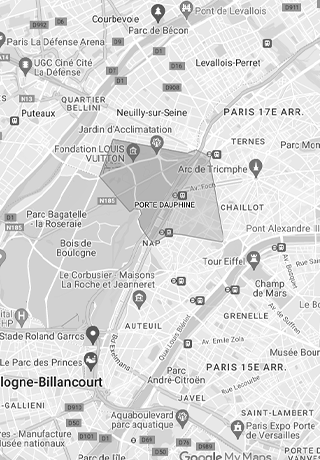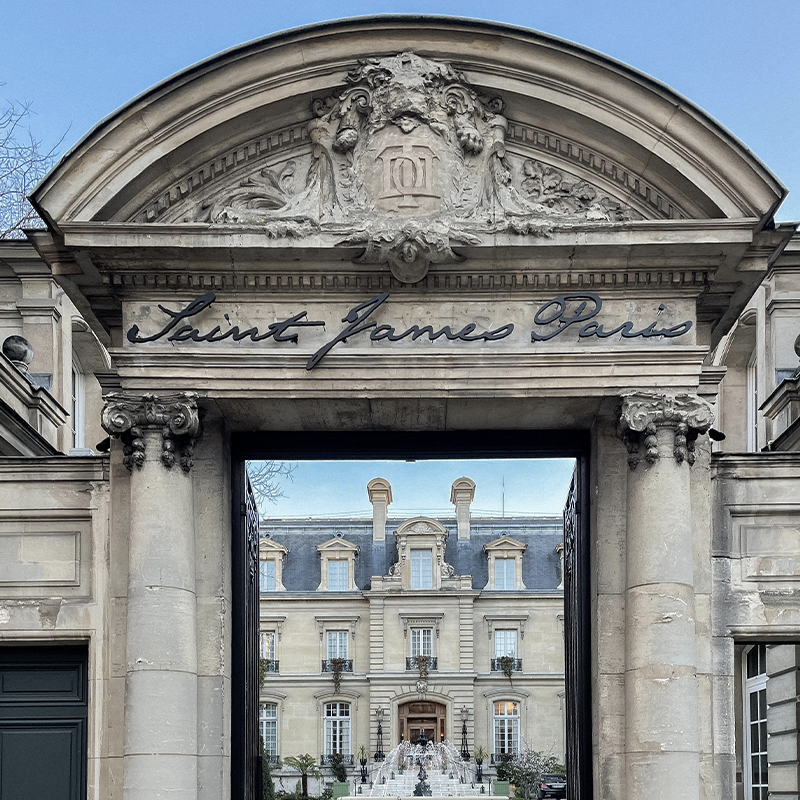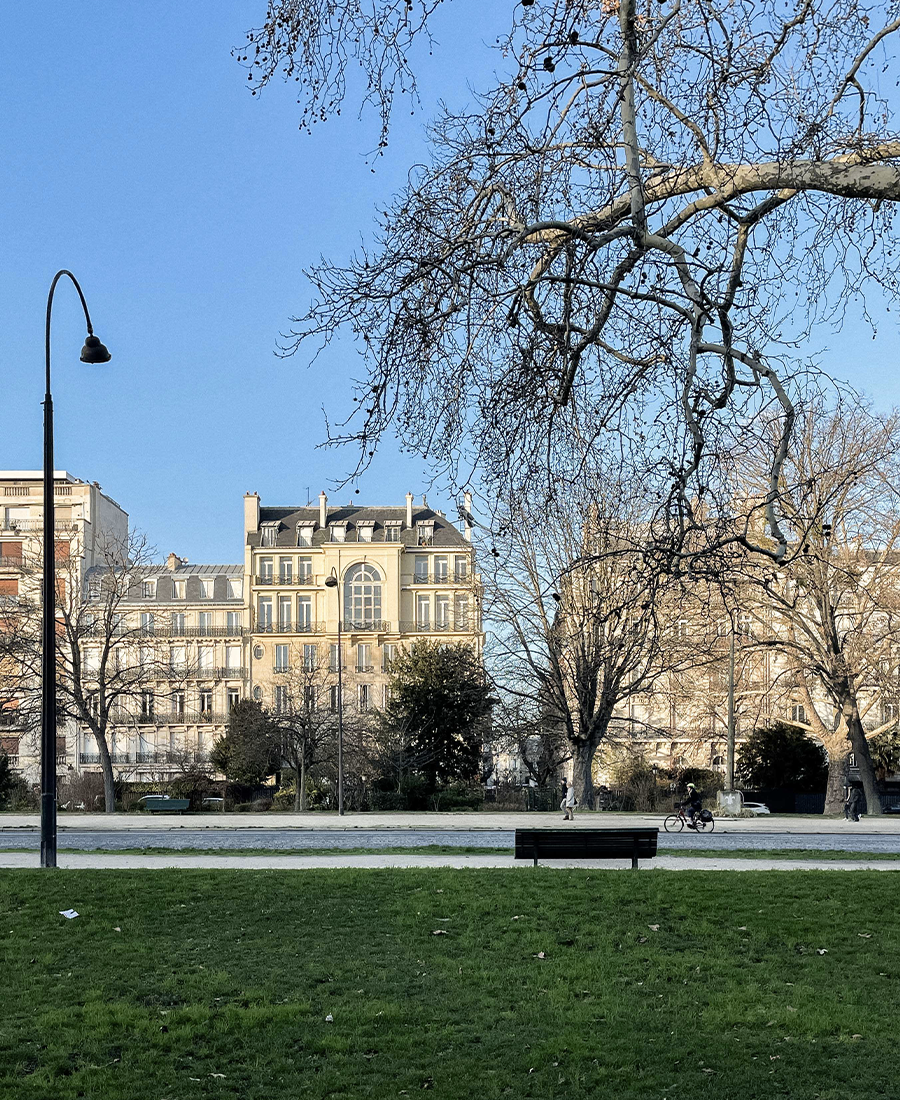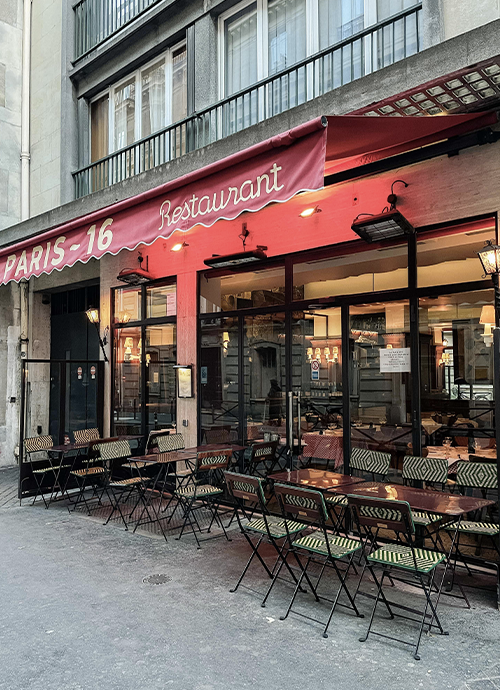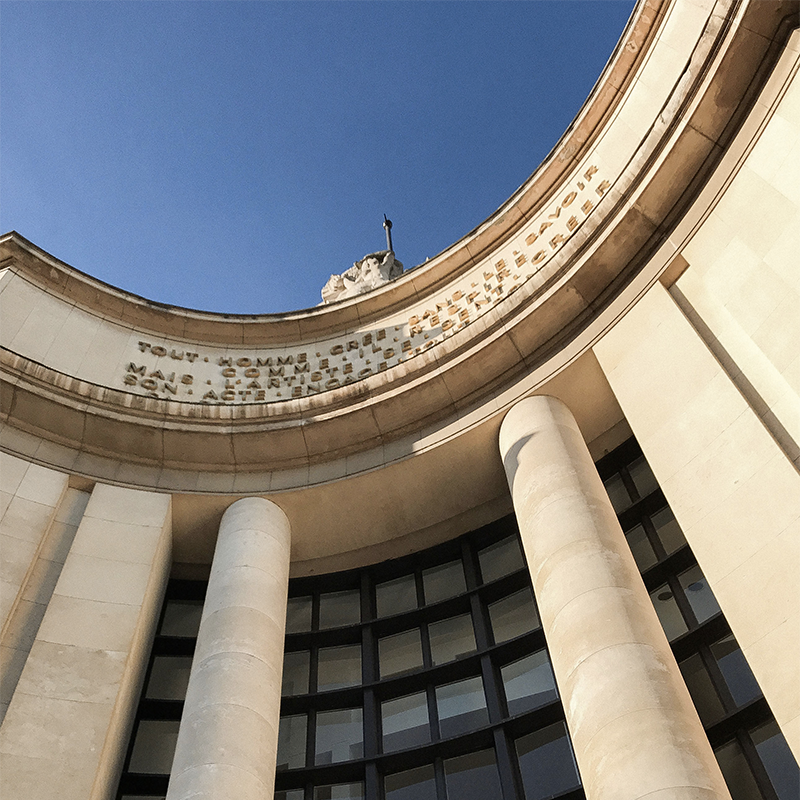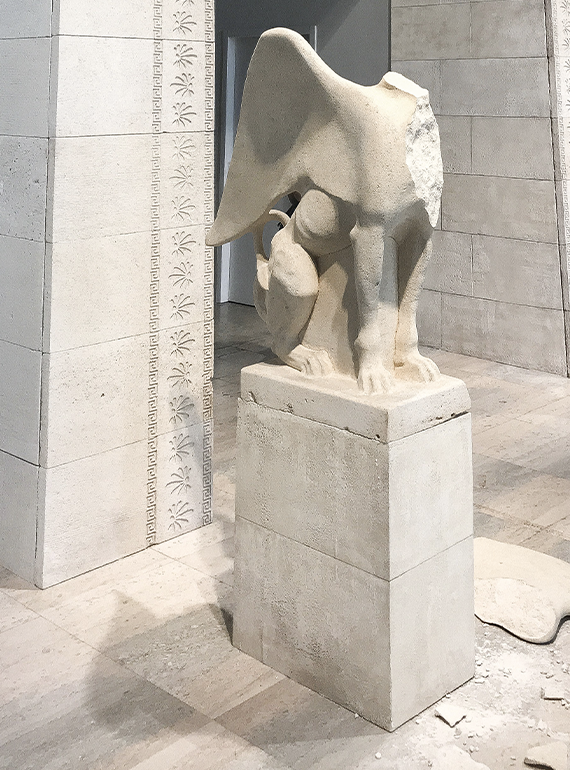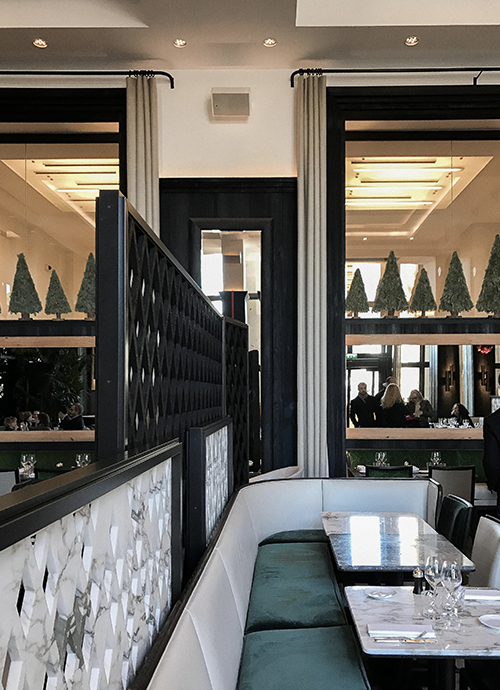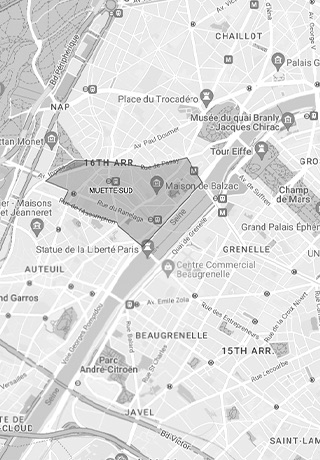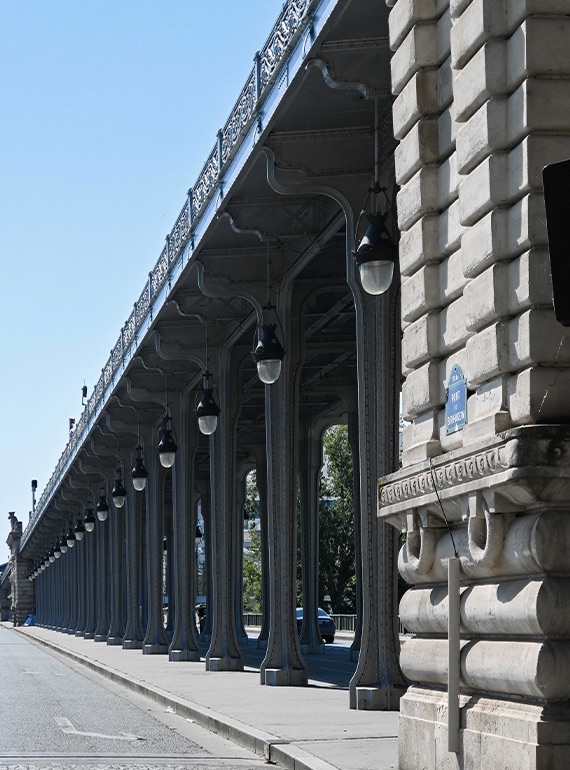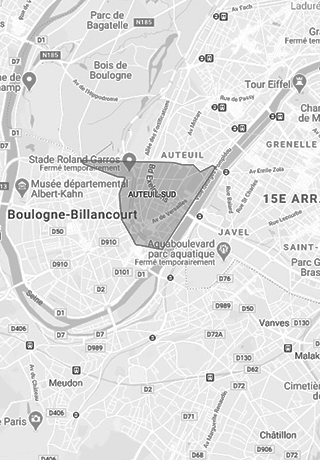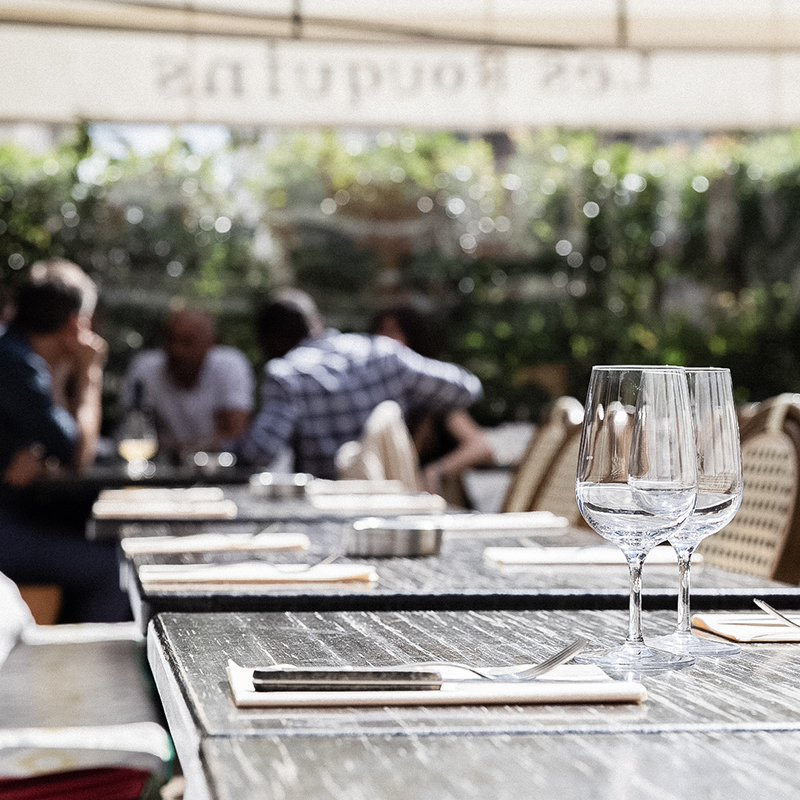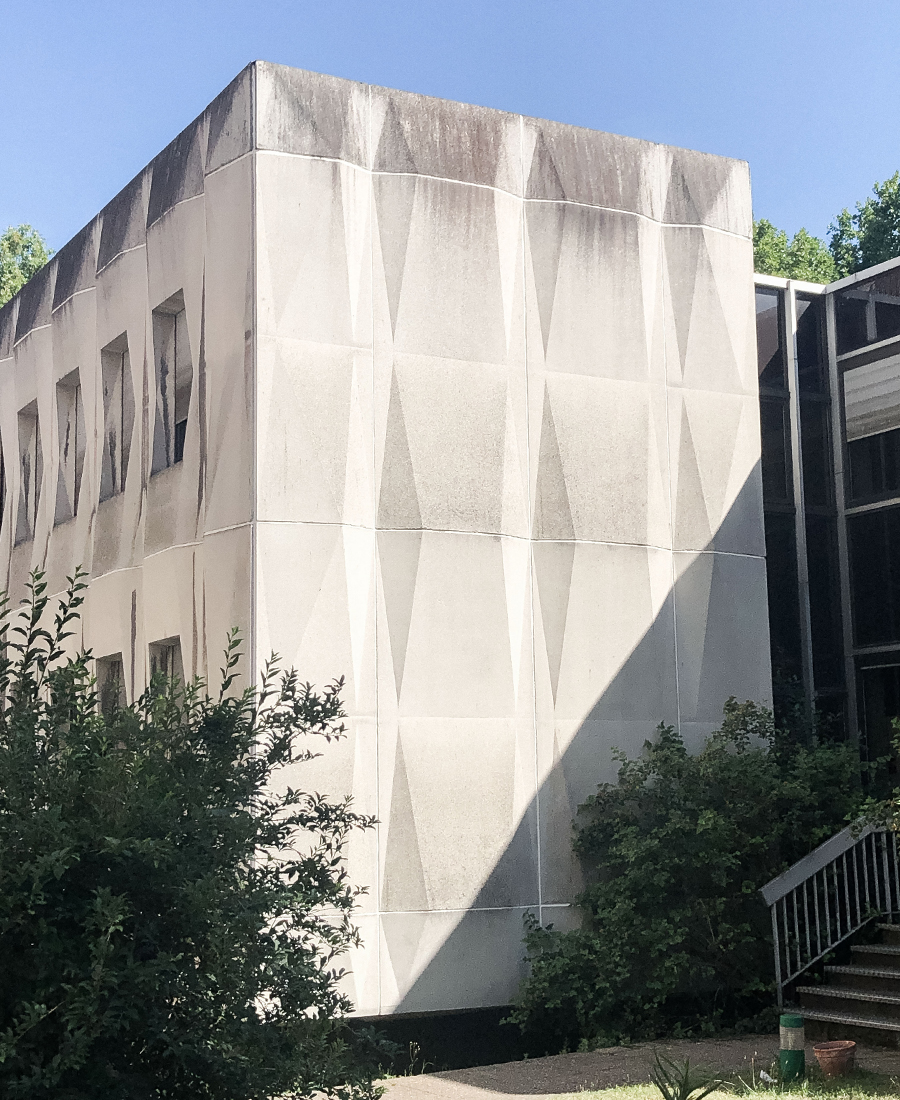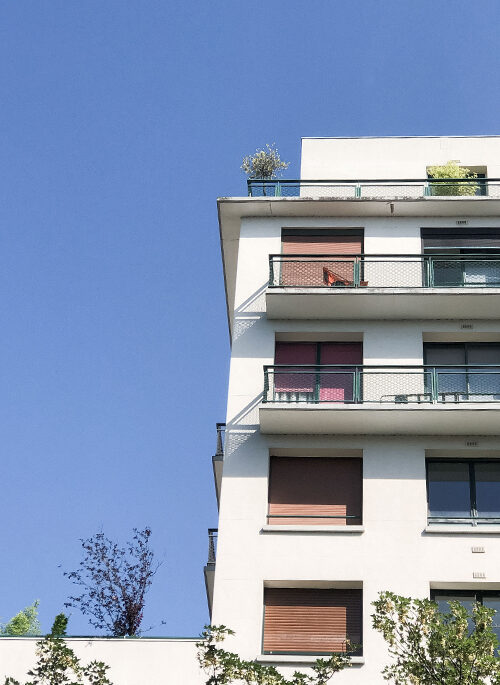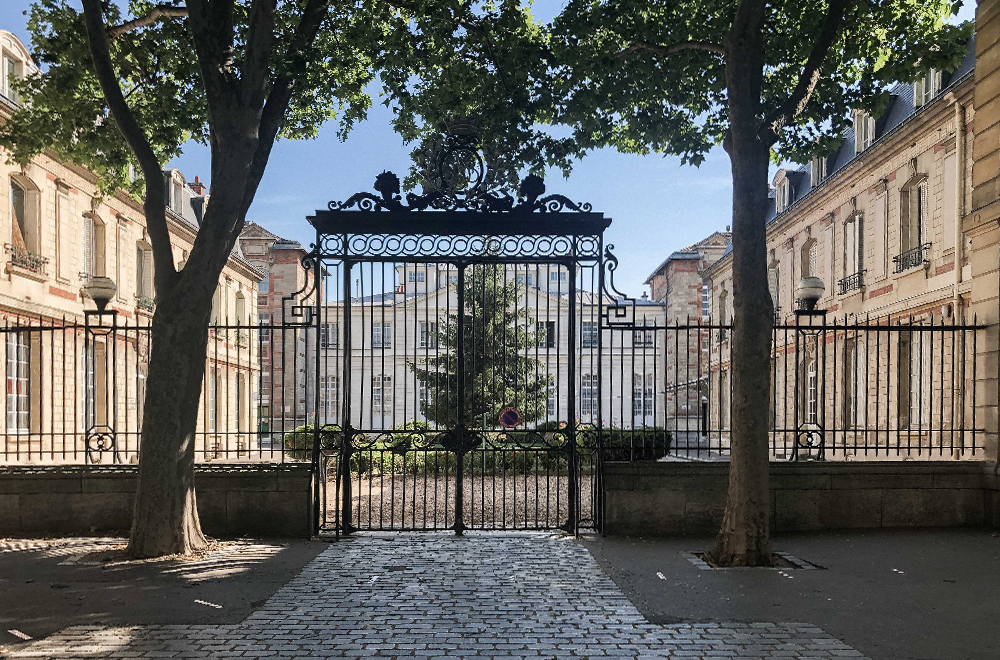In a 1930 building designed by architects Jean Ginsberg and François Heep, this apartment needed to be optimized. Reinterpreted by architect Baptiste Legué, the space now boasts a modernist cachet.

Restore the radiance of a 1930s apartment by bringing in light and circulation.

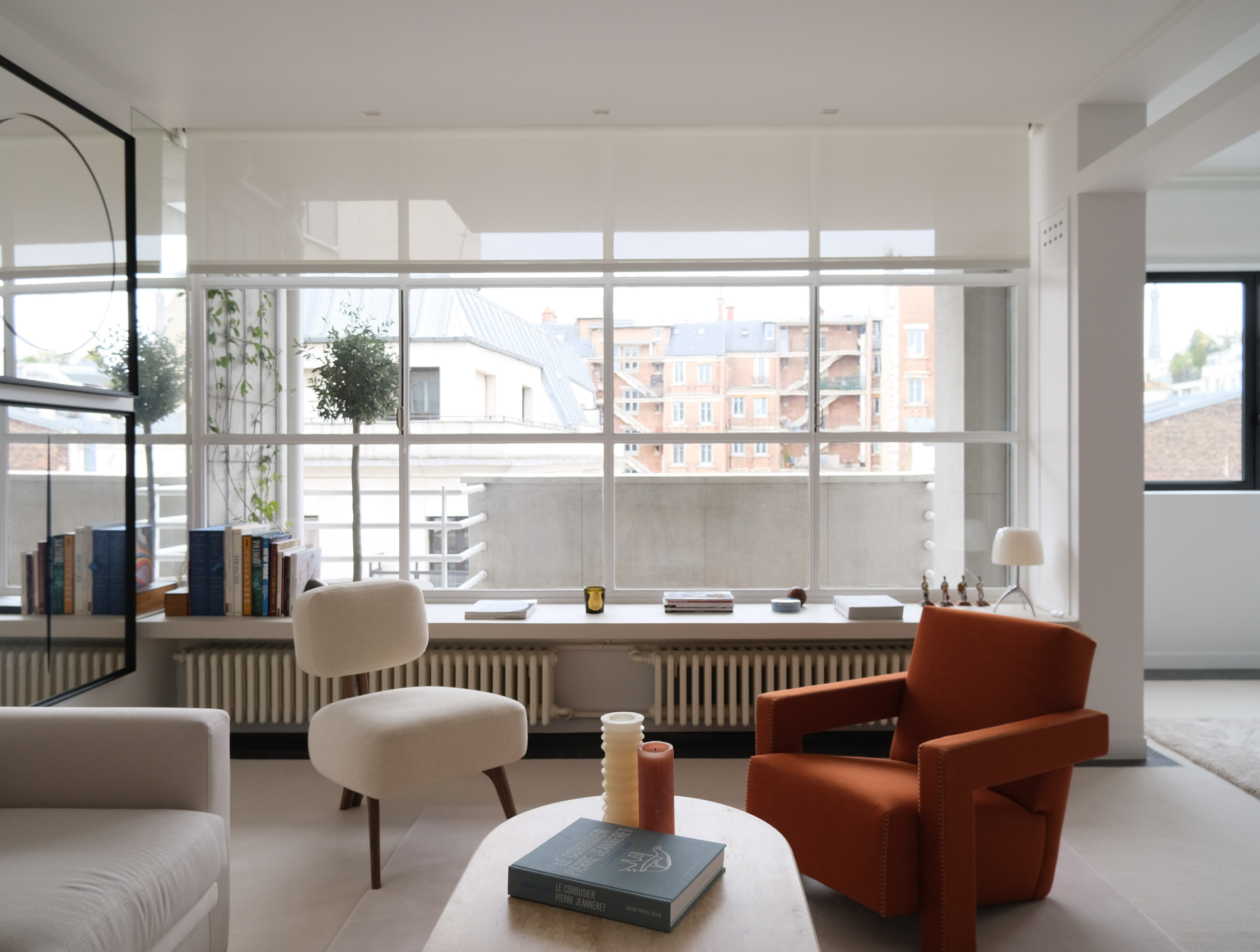

Creating a soft, luminous atmosphere was the common thread running through this renovation. Inviting light into every room to highlight mineral materials such as terrazzo and waxed concrete.

The transformation of the apartment was radical: all partitions were removed, leaving only the structural elements in place. The floors underwent a complete overhaul to accommodate a mix of terrazzo and carpet. A set of furniture was carefully custom-designed and discreetly integrated into the existing environment. This approach re-established simple volumes and perfectly harmonized the apartment’s overall aesthetic.

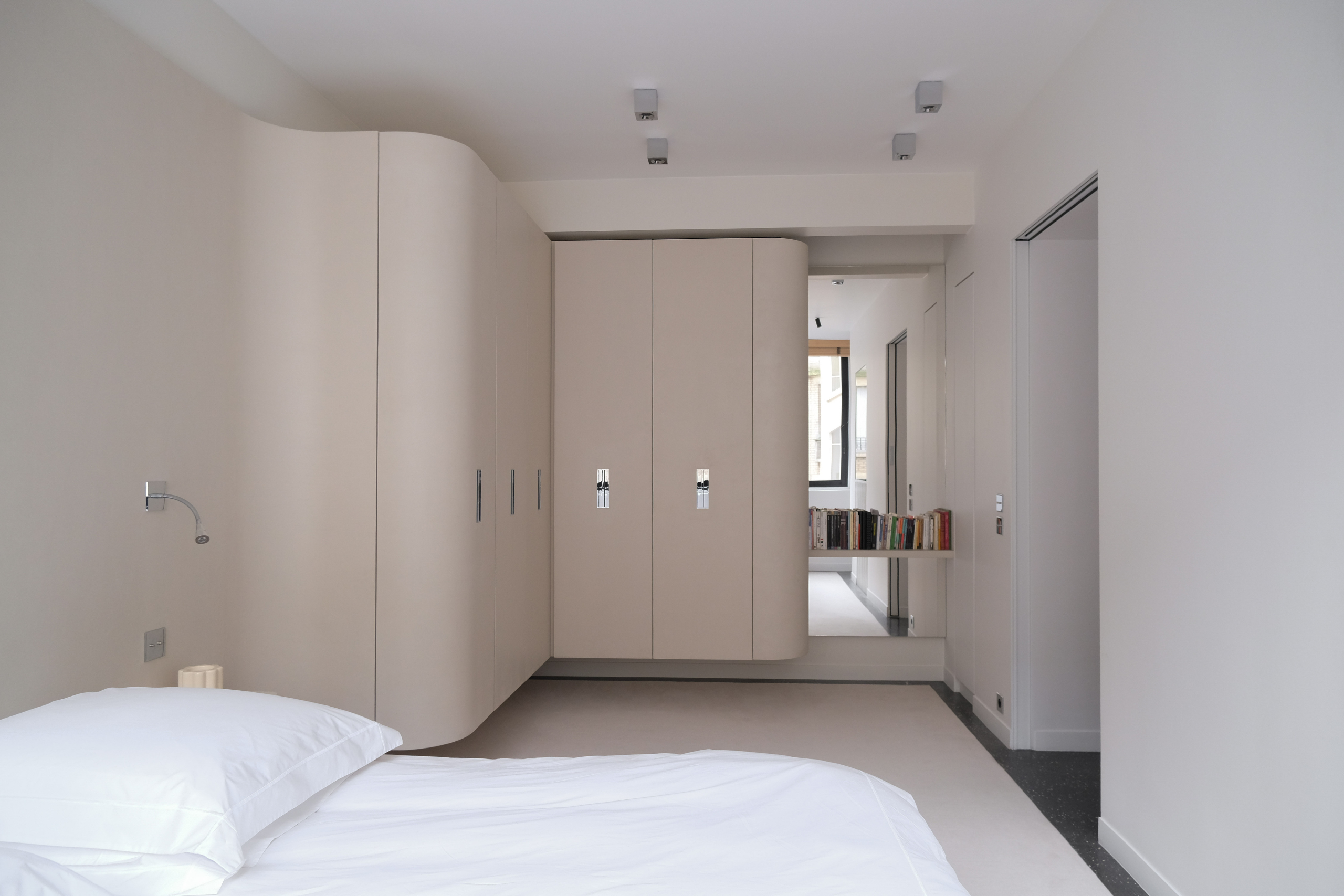
A modernist setting that plays on contrasts.



